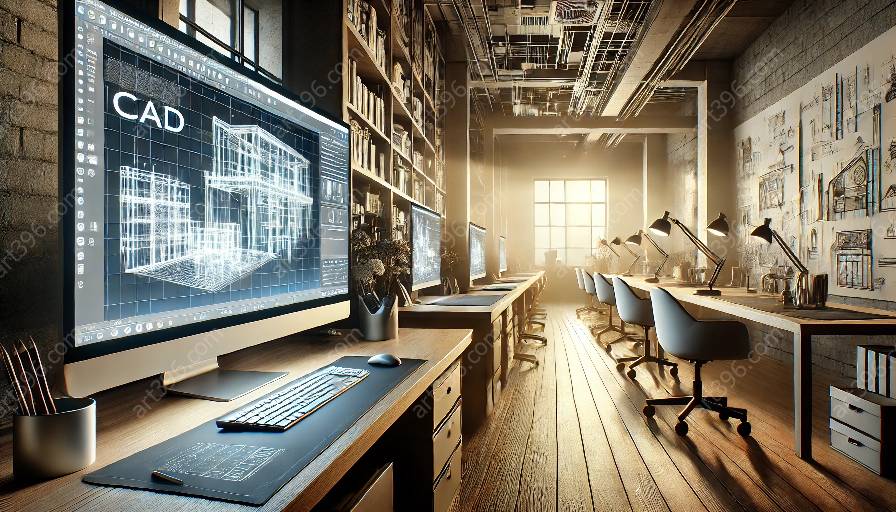Historical architecture holds invaluable cultural and historical significances, and preserving and restoring these structures present unique challenges to architects and preservationists. The advent of computer-aided design (CAD) software has revolutionized the way in which historical architecture can be documented, preserved, and restored. In this article, we explore ways in which CAD software can assist in the preservation and restoration of historical architecture, enhancing the understanding and safeguarding of our built heritage.
The Role of CAD Software in Preservation and Restoration
1. Precise Documentation: CAD software allows architects to create precise digital replicas of historical structures, thus enabling them to document and study architectural elements in detail. By capturing accurate measurements and intricate details, CAD facilitates the preservation of crucial information for restoration purposes.
2. Structural Analysis and Simulation: CAD software aids in conducting structural analysis and simulating various scenarios to assess the integrity and stability of historical buildings. Through CAD, architects can identify potential weaknesses and develop appropriate restoration strategies to ensure the longevity of these structures.
3. Architectural Visualization: CAD enables architects to visualize and present proposed restoration and preservation plans in a virtual environment. This not only helps in conveying design concepts to stakeholders and preservation organizations but also allows for the exploration of different restoration approaches.
Challenges and Considerations
1. Historical Accuracy: While CAD software provides powerful tools for preservation, maintaining historical accuracy and authenticity remains a critical consideration. Architects must ensure that digital representations and restoration efforts align with the original architectural features and intent.
2. Collaborative Workflows: CAD facilitates collaboration among multidisciplinary teams involved in the preservation and restoration process. Shared digital models and documentation enhance communication, coordination, and transparency, promoting comprehensive preservation strategies.
3. Ethical and Cultural Sensitivities: Preserving historical architecture involves ethical and cultural considerations. CAD software can assist in integrating these aspects into preservation efforts, encouraging sustainable and culturally sensitive restoration practices.
Conclusion
Computer-aided design (CAD) software has emerged as an indispensable tool for architects and preservationists involved in the preservation and restoration of historical architecture. By leveraging the capabilities of CAD, the process of documenting, analyzing, and envisioning restoration plans for historical structures has been greatly enhanced. As technology continues to evolve, CAD software is poised to play an increasingly pivotal role in safeguarding our architectural heritage for future generations.









































